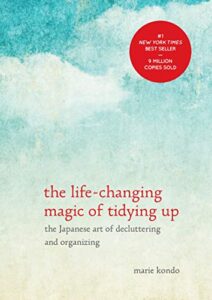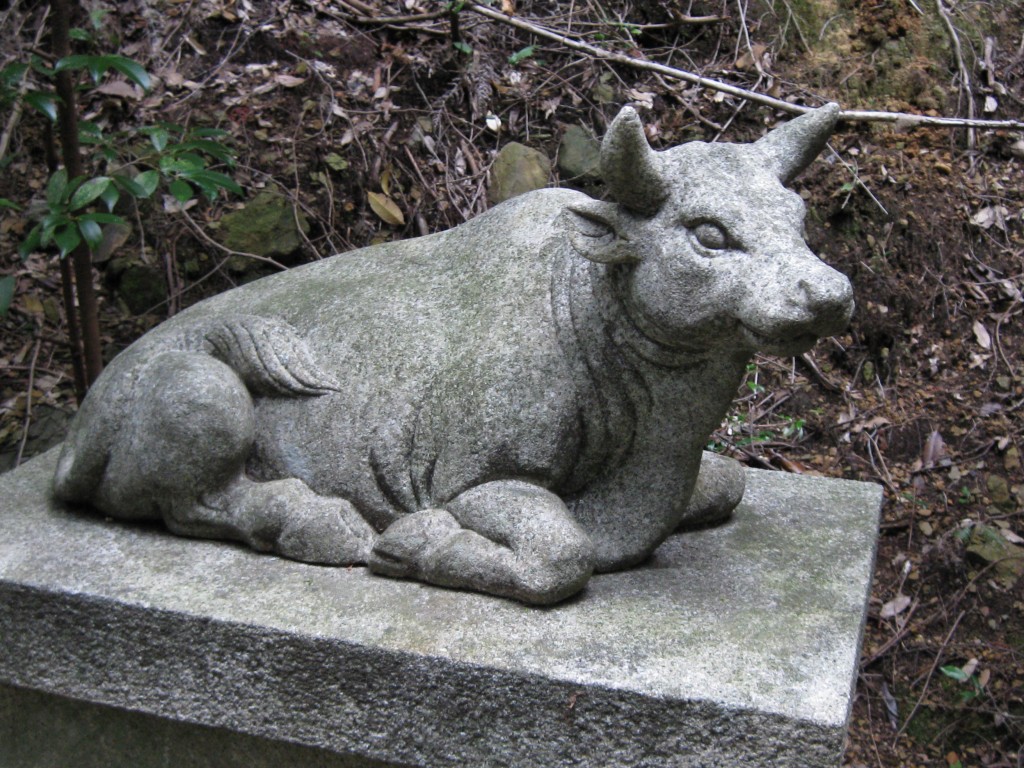
Previous postings in this series looked at trees (natural phenomena) and a subshrine of Yasui Konpira-gu in Kyoto which exemplifies the animist strand of Shinto. In this third posting we look at a world-famous individual with beliefs shaped by the religious heritage of Japan.
Through her books and television series on decluttering, Marie Kondo has achieved the status of a lifestyle guru. It’s a sad indictment of our time that over-consumerism has become such a problem that we need advice in how to cope with discarding unwanted material possessions. While much of the world has not enough to live on, privileged firstworld citizens have too much of everything.
What’s striking about Marie Kondo is the spiritual manner with which she approaches a simple physical task. She starts off, for instance, by greeting the house where she will work as if it is a living being – a kami, even. ‘I began this custom quite naturally based on the etiquette of worshipping at Shinto shrines,’ she says in The Life-Changing Magic of Tidying Up (p. 188).

She goes on to say that ‘The tense expectancy in the air when a client opens the door resembles the atmosphere when one passes under a shrine gate and enters the sacred precincts.’ Speak to your house and it will respond is her underlying message. The house has a soul, and so do its contents.
One of her key principles is to only keep items that serve as a source of joy. One might imagine that the mountain of unwanted things would be nonchalantly dismissed and discarded. However, these too must be shown respect and thanked before being sent off. Even then, they will leave behind the energy of wanting to be of service. This reminds one of the religious custom in Japan of mortuary rites for thanking unwanted dolls, or sewing needles, or ink brushes before their final sending off.
Behind Kondo’s thinking is the idea that objects absorb and transmit energy. This is particularly evident with things that are regularly touched, such as clothing. ‘As you run your hands over the cloth, you pour energy into it,’she says. ‘Therefore when you fold, we should put our heart into it, thanking our clothes for protecting our bodies.’
‘I began to treat my belongings as if they were alive when I was a high school student,’ Kondo asserts towards the end of her book (p.169). It’s this assumption that has proved vital in bringing her worldwide success based on a deep respect for what is normally dismissed as useless clutter.
It’s an attitude to the physical world that runs through Japanese culture. It means a greater respect for things, and an awareness that secondhand goods come bearing the spirit of their previous owner. Pottery is revered for those who have touched it in previous generations, and the thinking has enabled excellence in carpentry and numerous other crafts in which the raw material is treated with deep understanding. In this way it can be seen that Kondo is no kook, but heir to an ancient tradition that recognises the spirit in the sword, the anima in the inanimate.

